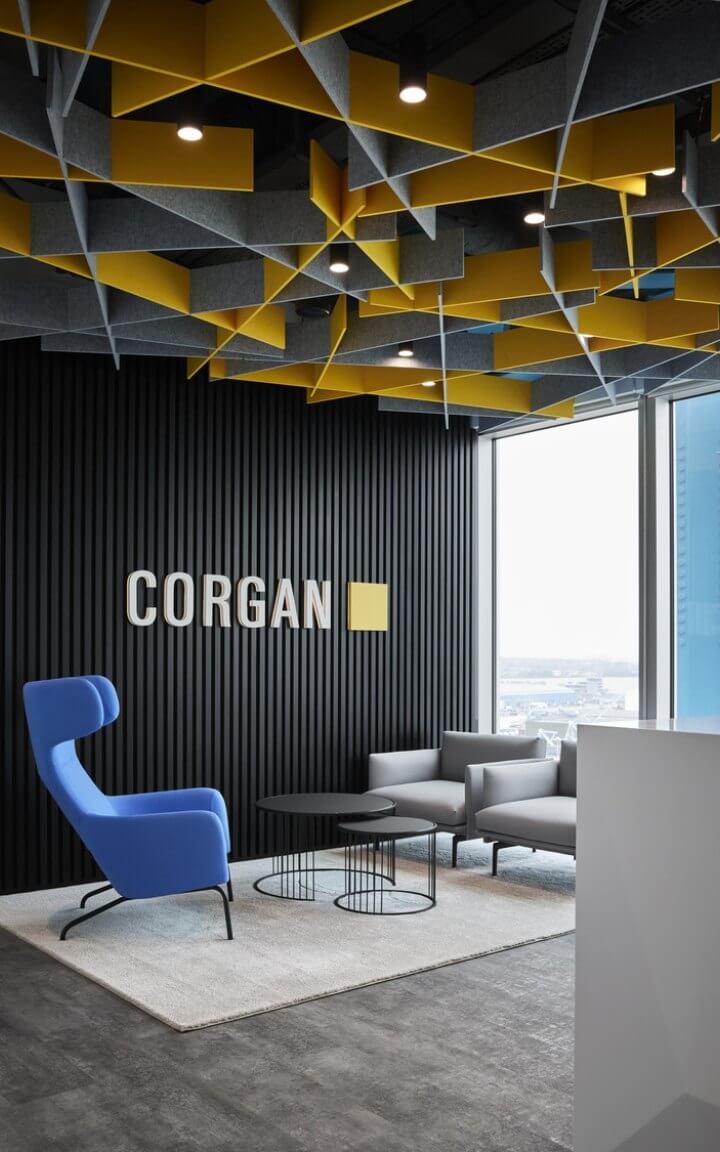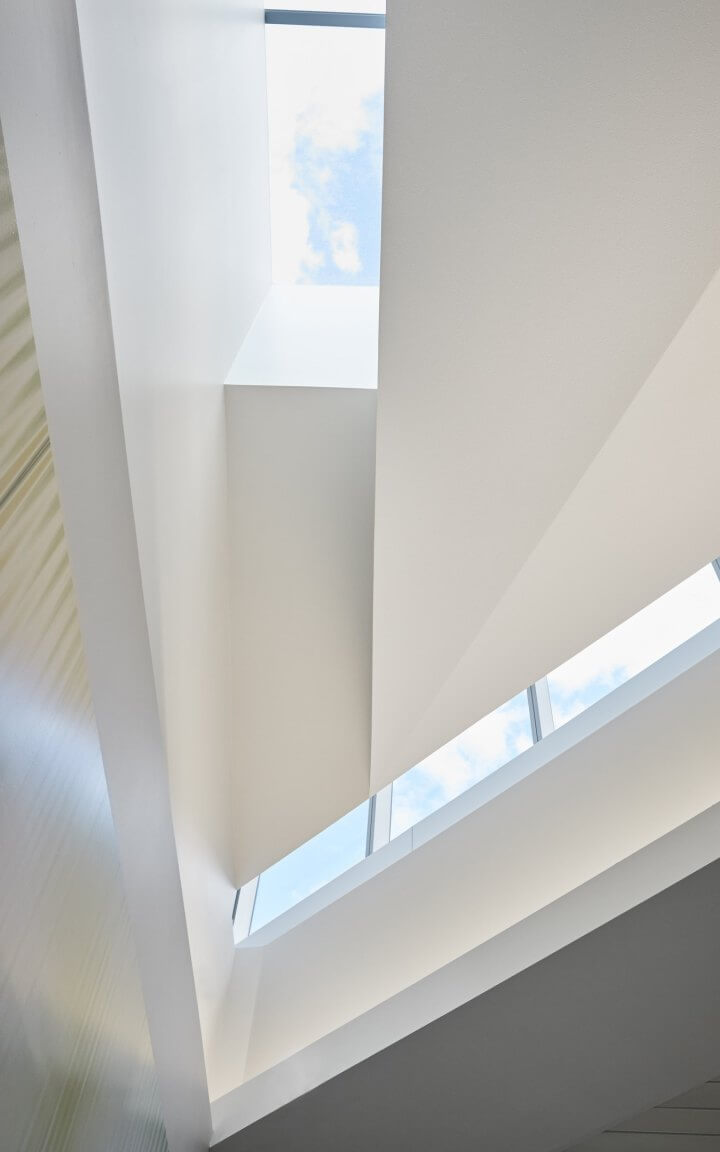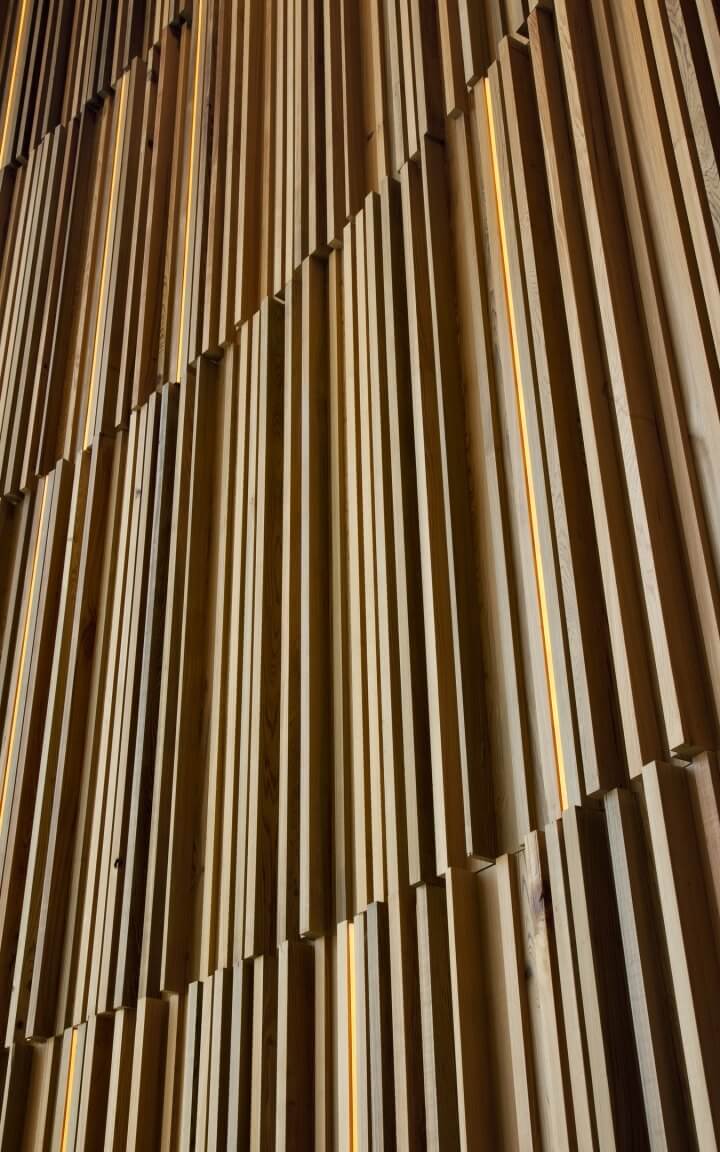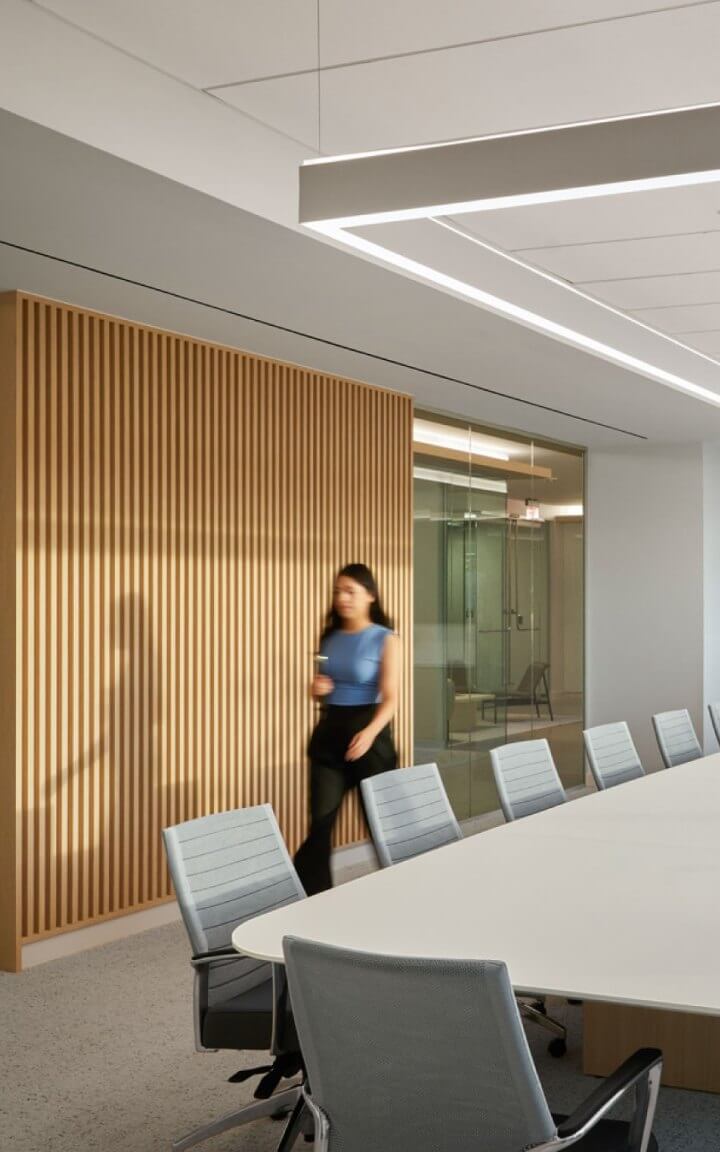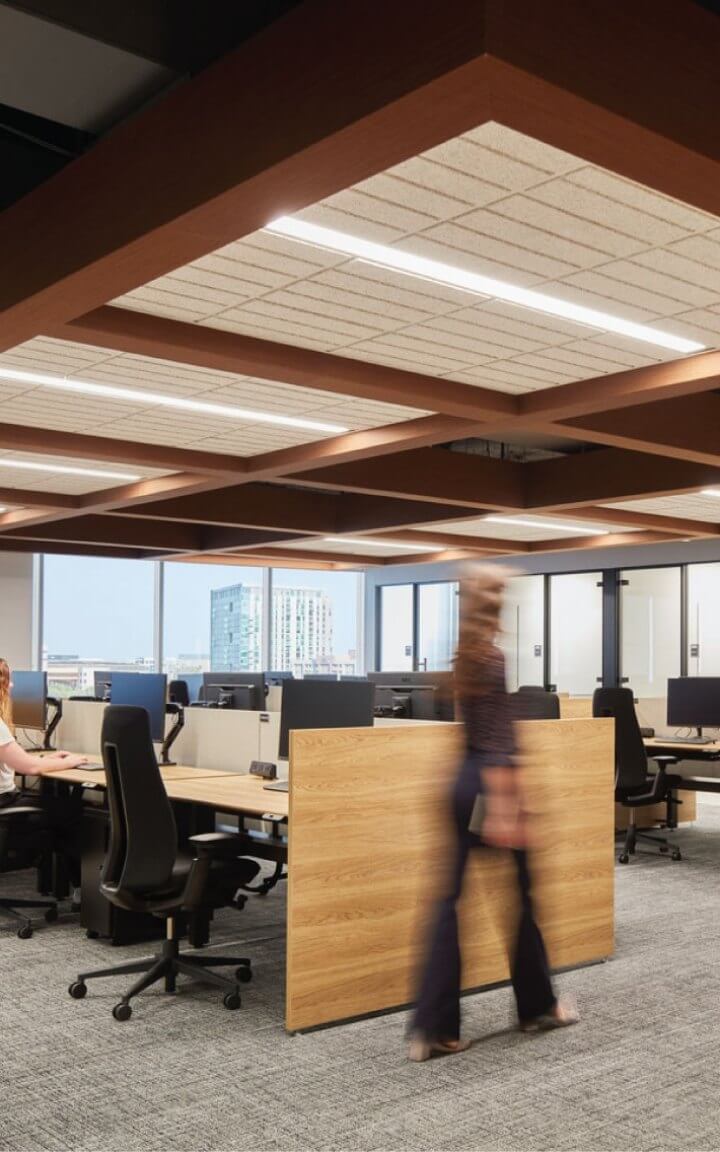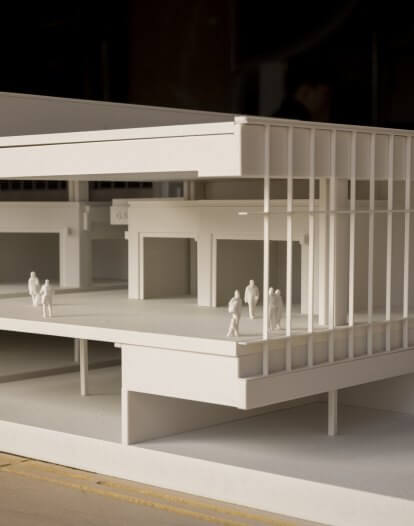Kengo Kuma and Associates Teams with Corgan for the Newest Tower in Dallas's Harwood District
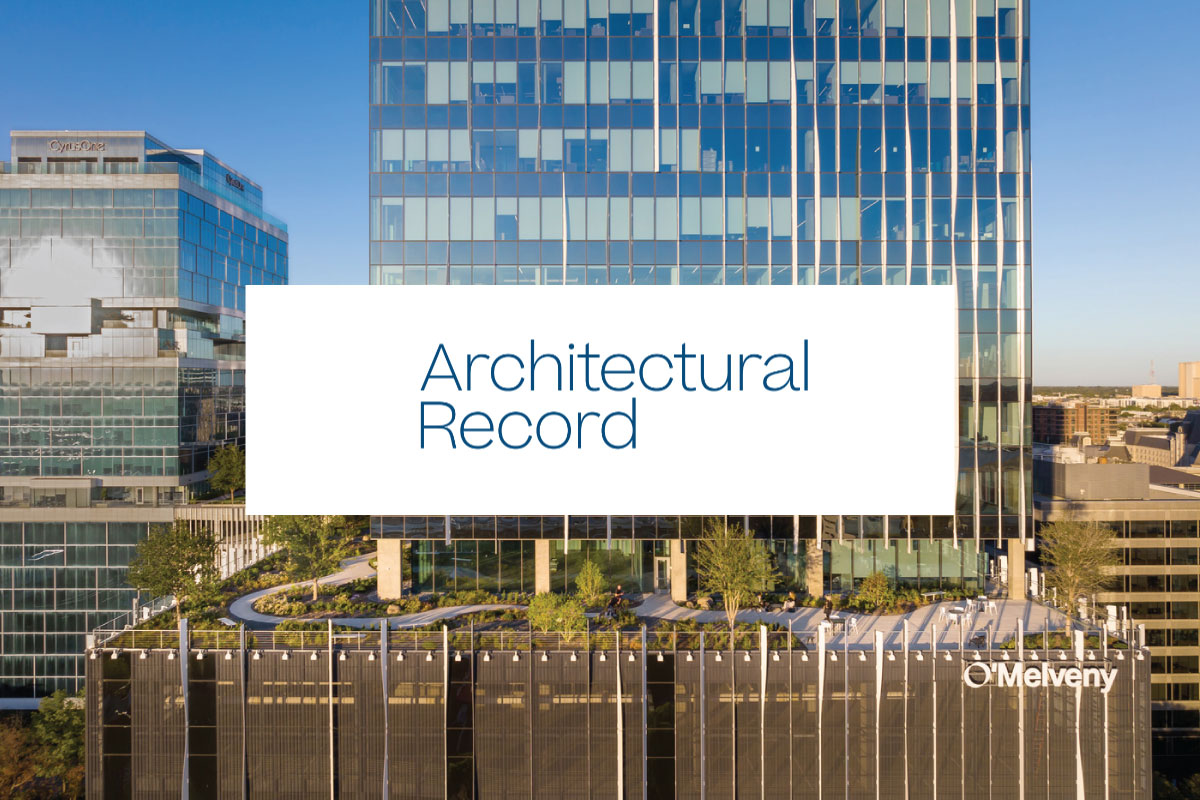
The most recently finished project was realized by Harwood’s in-house team and Corgan serving as architect of record and production architect, respectively.
To fabricate the undulating staircase without tailor-making 1,500 granite blocks, Corgan analyzed KKAA’s concept in an algorithm that maximizes unitization. As a result, approximately 85 percent of the sawtooth-profile stairs are identical, whereas custom units are focused at tightly radiused curves. The bespoke blocks also organize the building plaza into wavelike tiers, which appear to slip beneath the lobby’s low-iron, mullion-less glazing and meld into the signature stair.
A rectilinear volume rises 120 feet from the ground floor and steps back at a lushly planted roof terrace on two sides before finishing its ascent to 27 stories. Excepting the suite of lobby spaces, the base contains parking sheathed largely in perforated aluminum units, while the upper building includes 360,000 square feet of office interiors enclosed in a standard curtain wall. KKAA proposed uniting the two volumes by a series of aluminum fins that billow from the exterior, which would also apply the lobby’s organic quality to the tower as a whole.
Corgan was again tasked with transforming a poetic, albeit expensive idea into constructable strategy. “The reality is that there are only three templates for the fins,” says principal Matt Mooney, the firm’s chief practice officer. “If you randomize placement and rotate the profiles in plan, you end up getting this seemingly random pattern that’s also very cost-effective.” Because all 2,400 water jet–cut panels attach to standoffs that connect to the enclosures’ internal mullions, they arrived on site preassembled.
“These projects are very much math equations: you have to work your way back from the lease rate to determine what can be built,” Mooney remarks. Using what he calls “the simplest chassis we could build,” KKKA and its collaborators concentrated their creativity on the lobby and exterior shade system to transform real estate into architecture. The achievement is reflected not only in an occupancy rate that is well above the Dallas average, but also in the team’s reconvening for a Harwood No. 15 coming soon.
